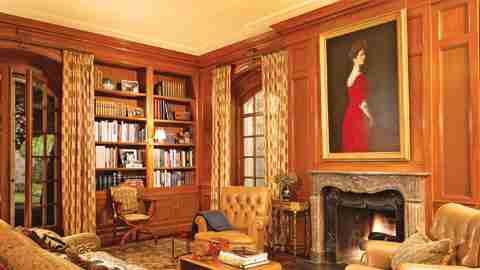July 06,2022
2010 AD100: Peter Marino
by David Stewart
“A house is like a person. First you notice the overall size and scale. Then the exterior and, finally, the personality therein,” says architect Peter Marino. “If a design is schizophrenic and there’s a disconnect between the architecture and the interior, it’s usually unpleasant. If it’s harmonious, it’s a very pleasant place to be.” For Marino, architecture and interior design have always been inseparable, and he is renowned for integrating the two. “My approach to a building, to an interior, to a piece of furniture, to a water glass, is always the same,” he explains. “How does a human feel in relation to it? Does it function? Is it beautiful?” He recently applied these principles to the Oriental Gallery of the Zwinger Museum in Dresden, Germany, as well as to luxury-brand retail stores and residences around the globe.

Since he began practicing—around three decades ago, with Andy Warhol as his first client—the tools of his profession have changed, particularly in the past 10 years. “It’s much more exciting,” he says. “Computers have liberated us from boxes and have allowed more sculptural architecture to be built. Technology has enabled us to produce designs and working drawings that we couldn’t have produced before.” He adds, “Today I’m much freer, more experienced and able to create new and exciting designs as never before.” What have we yet to see in architecture? “Floating pavilions—non-earthbound, that move through the air.”
Peter Marino
212-752-5444
www.petermarinoarchitecom






